February 5, 2021
Author: Stephanie Stewart Bailey, Museum Specialist, Truhlsen - Marmor Museum of the Eye®
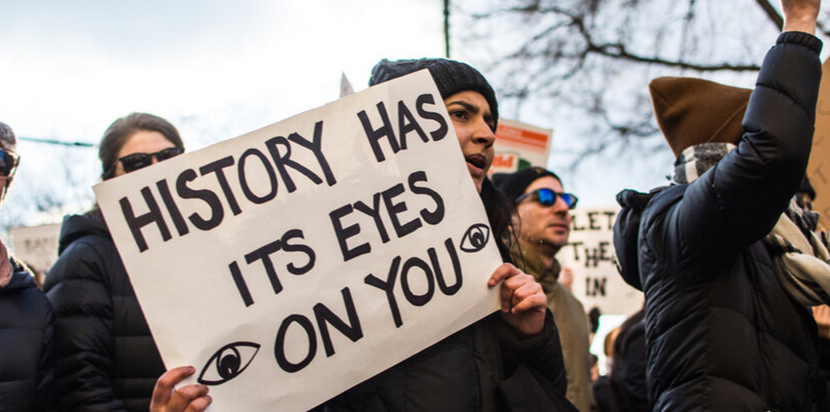
Image from Academy article regarding eye safety during protests.
A museum is not only a place that preserves ancient objects that live on through their stories; many museums actively record history as it emerges. The Truhlsen-Marmor Museum of the Eye®, as part of the American Academy of Ophthalmology, is doing just that: collecting contemporary artifacts that represent the year 2020, left behind just months ago.
Through the lens of a museum historian the question is being asked, how can an ophthalmology museum preserve what humanity went through during a difficult year? The Museum of the Eye® is currently archiving tangible objects and digital assets that record the pandemic, civil unrest and environmental catastrophes of 2020. As these moments had a profound effect on ophthalmology, physicians and patients, the museum is seeking to encapsulate that year, physically creating the historical record that will be accessed years, decades and maybe even centuries from now.
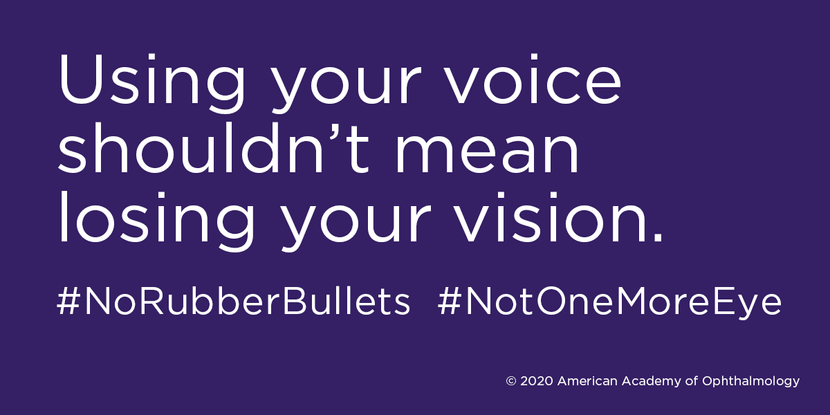
The kinds of tangible objects the museum hopes to collect include personal protective equipment, face masks and other objects related to the pandemic. The museum is seeking rubber bullets and canisters from pepper spray that injured protesters' eyes during the aftermath of George Floyd's death. These objects will be coupled with photographs and written accounts to create a picture of how individuals and organizations like the American Academy of Ophthalmology weathered the year.
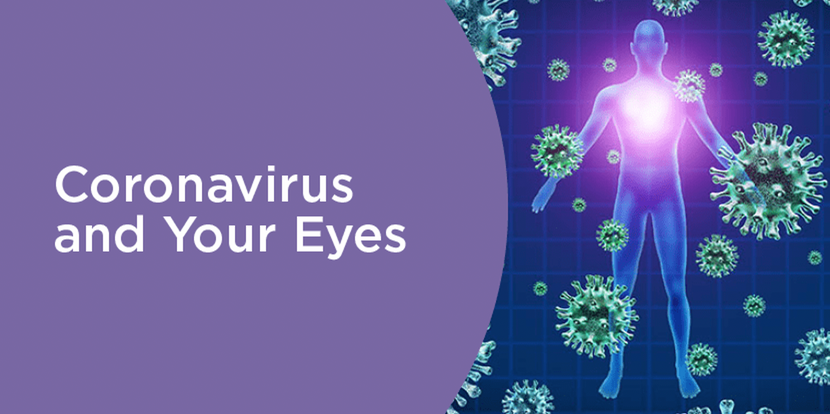
The museum is also collecting digital assets, the written and image-based record that was created for an online audience. The museum is also in the process of archiving the American Academy of Ophthalmology’s advocacy efforts and eye health information shared throughout the emergence of the COVID-19 pandemic.
Over the year ophthalmologists have been turning to the Academy for advice, creating a rich trove of information, documenting what was known and when. One example is this collection of EyeSmart articles that were frequently updated with information about the coronavirus and its potential effect on the eyes, as well as advice for patients of ophthalmologists and tips for staying healthy at home.
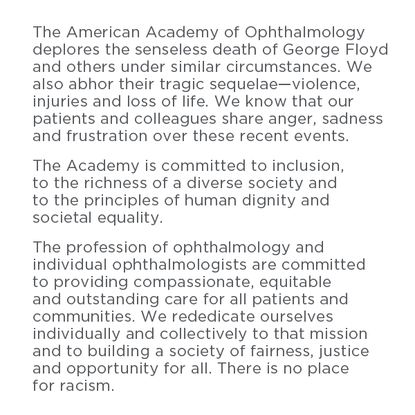
The COVID-19 pandemic is only one aspect of 2020. On June 1, the Academy and its museum released a statement after the death of George Floyd and its aftermath. In addition to stating the museum and Academy’s commitment to diversity and inclusion, the Academy also called for an immediate end to law enforcement's use of rubber bullets against protesters. The museum is archiving these advocacy statements and the collected data on injuries from rubber bullets that helped the Academy better make a case. “While classified as non-lethal, they are not non-blinding. These life-altering eye injuries are a common result of urban warfare, rioting and crowd dispersion. We have seen it around the world, and we now see it in the United States.”

This statement drew an outpouring of support from the Academy’s member ophthalmologists, who asked the Academy to do even more. The Academy asked ophthalmologists to join in that effort. Social media posts demonstrate where the public’s minds were during this year, and it is important to capture these moments. Internet links are not reliable in perpetuity, so the Museum of the Eye™ will be collecting images and messages created on social media around this campaign as well as others that regard the plight of the year.
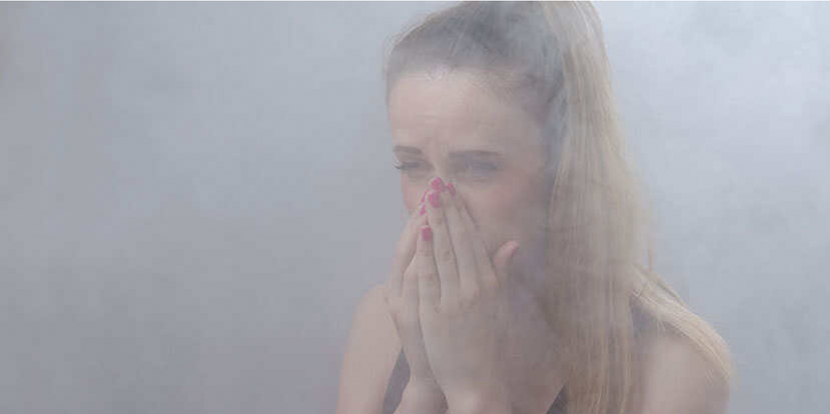
Similarly, we cannot forget the environmental disasters this year, including the devastating wildfires in the West. The American Academy of Ophthalmology used its website to discuss how to care for your eyes as the smoke spread across the country, making a hard situation even worse.
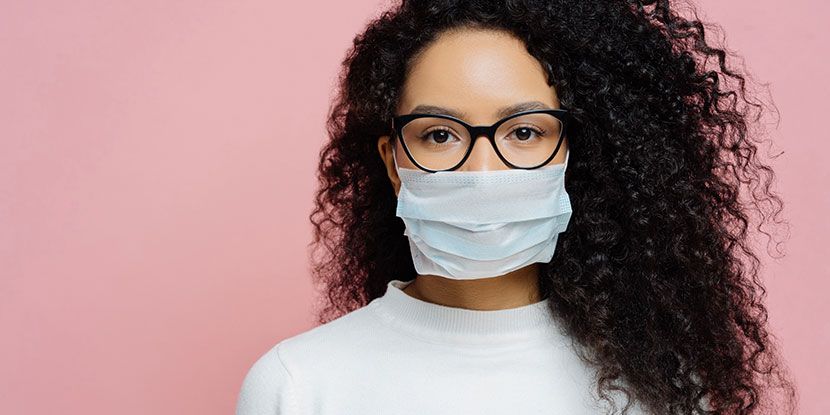
The museum is not just collecting examples of somber material, however. The museum is archiving this article on how to handle the frustration that comes from one’s glasses fogging up while wearing a protective mask. This has been so common during the pandemic that it was tackled in this Academy article that shared some suggested solutions. From a museum point of view, this article archives a very human and daily concern during 2020 and is a time capsule in its own right.
As we enter 2021 and the pandemic, environmental issues and politics persist, we expect more archivable moments to come. Museum staff hope that the future objects added to the collection are ones that represent health and positive outcomes for all.
If you have ideas for the museum’s collections, you are welcome to send an email to museum@aao.org.